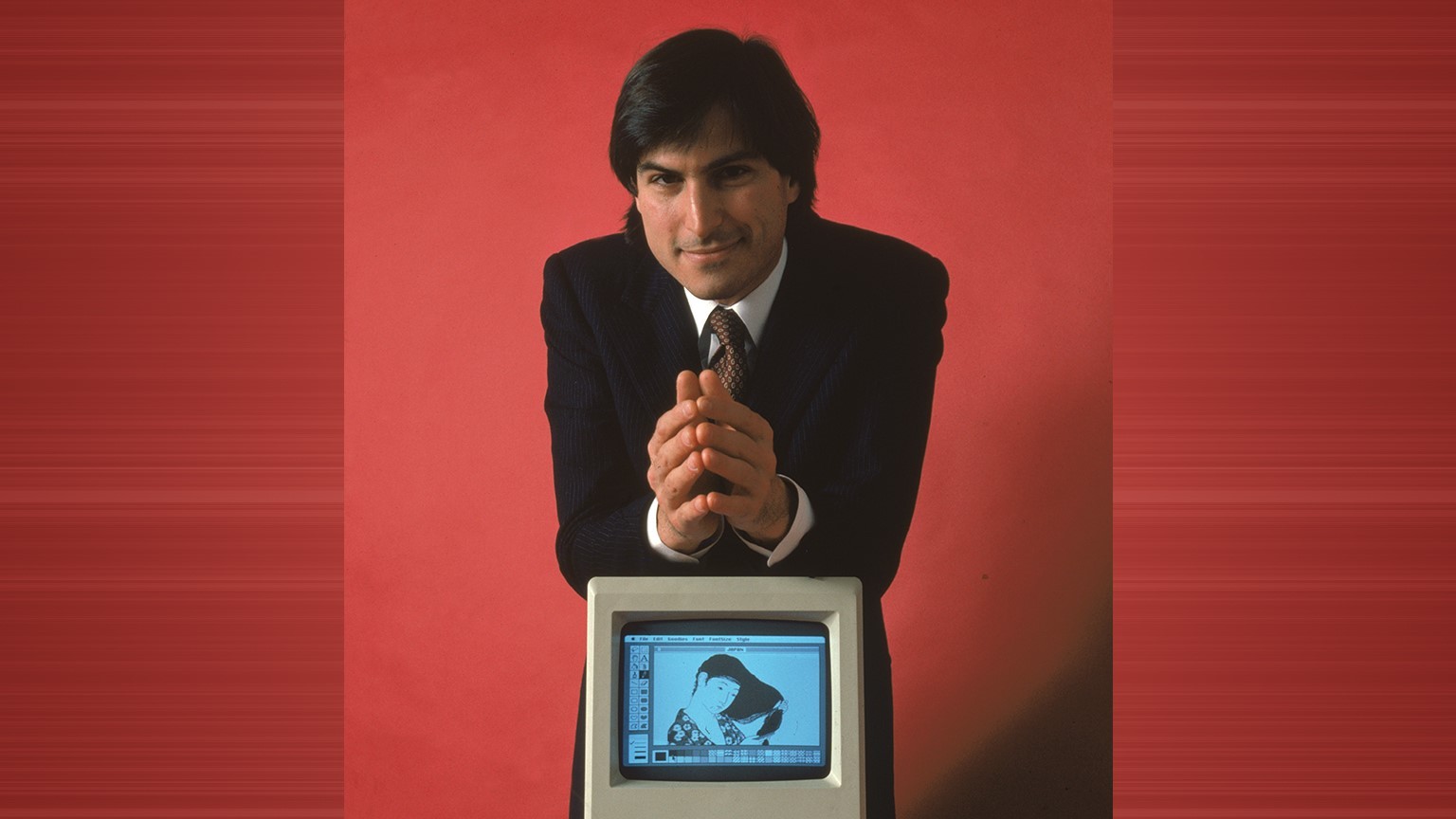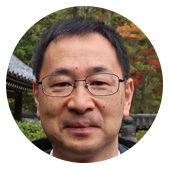John Sculley, CEO of Apple during the final years of Jobs' initial stint at the company, recalls his first visit to his late friend's house in the early 1980s. He says Jobs' sparsely furnished bedroom contained nothing but a single bed, a lamp, and three things hanging on the wall. One was a photo of Einstein, another was a picture of Gandhi, and the third was a Japanese woodblock print.
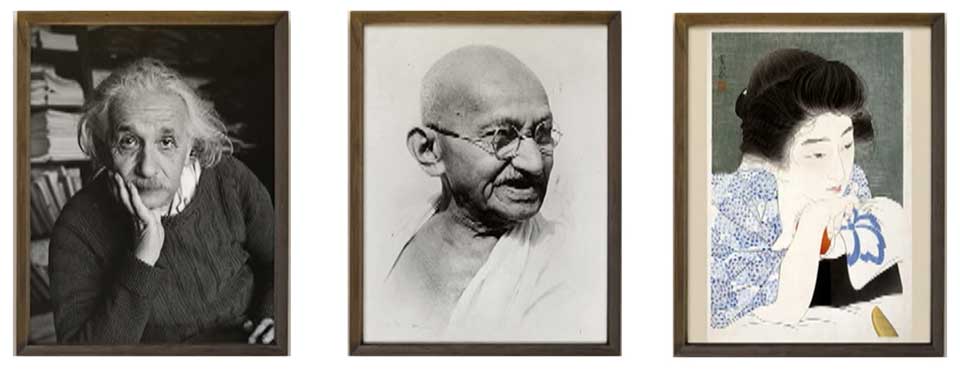
Keeping it simple
"I was very surprised," Sculley says. "I asked him, 'Is this what you like to do, or you just didn't have time to attend to getting things in your house?' He said, 'No, I actually like it. Very simple.'"
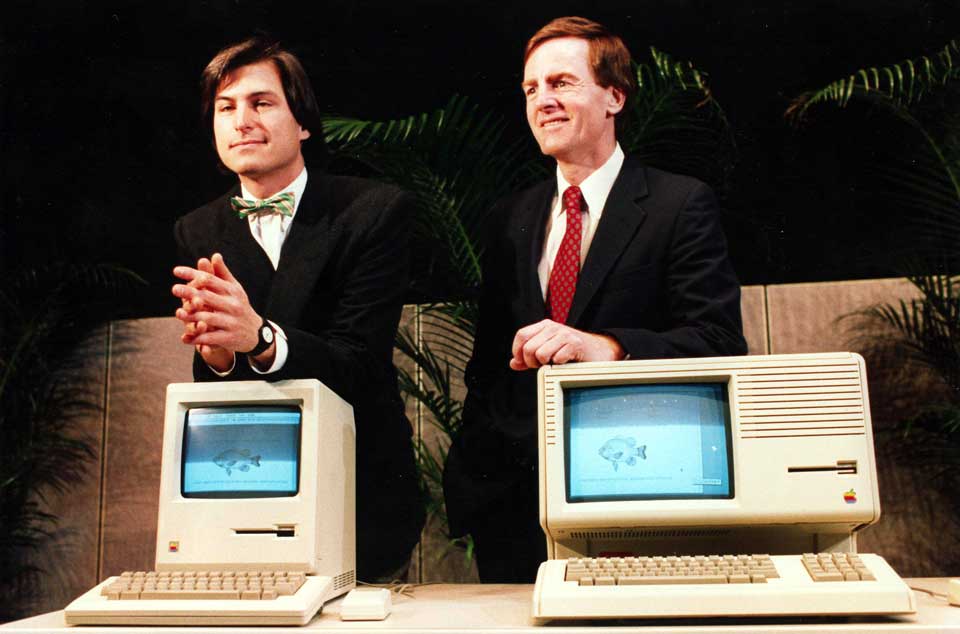
"He was very careful to select things that were important to him. He was highly influenced by Japanese culture personally."

The shin-hanga print in Job's bedroom was likely a work called "Asanegami," or "Morning Hair," which he bought on his first visit to a gallery in Tokyo's Ginza district in 1983.
Shin-hanga is a 20th-century take on ukiyo-e, an older form of Japanese woodblock printing, that evolved as artists sought to modernize and widen the appeal of their craft.
A childhood encounter
Bill Fernandez, a close friend of Jobs during his teenage years and later an Apple employee, says it was at his childhood home in Silicon Valley that Jobs got his first taste of the art form.
Fernandez's mother had decorated the house with simple but elegant Japanese furnishings, and a collection of shin-hanga prints that Bill's grandfather had started acquiring in the 1930s.

Related article: The beginning of Steve Jobs' lifelong love of shin-hanga
"I think that was the beginning, where he said, 'I like this. I like simple. I like clean. I like natural wood. I like this style of art. I like this aesthetic, this sensibility' and so forth," Fernandez says. "You can see his love of simplicity and elegance throughout his life, like in the products that he developed at Apple."
Going to Japan
When Jobs started making business trips to Japan on behalf of the company, he had a chance to start building a collection of his own.
Sculley recalls that in 1983, shortly before the debut of the Macintosh computer, Jobs returned from Japan gushing about the artworks he'd seen.
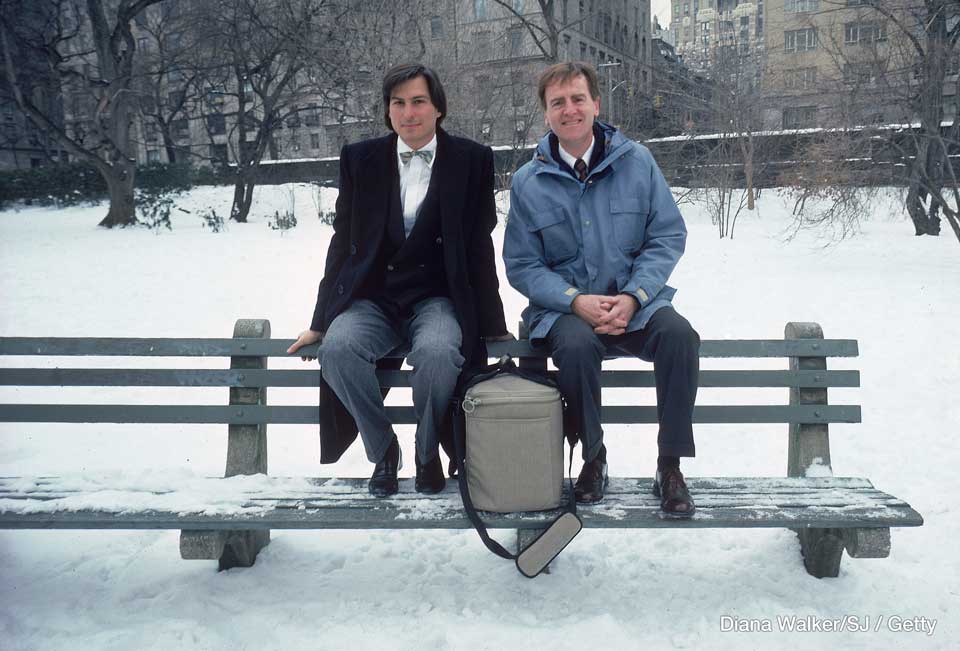
A creative influence
Sculley says Jobs was particularly excited to learn about the difference in the creative process for ukiyo-e and shin-hanga. The former involved a strict division of labor that started with the artist, before moving onto the block carver, and finally the printer. For shin-hanga, the artist had an integral role in the entire process, allowing for a more direct and refined realization of their vision.
"Steve said, 'I thought that [all] woodcuts were made by different people through a collective process.' And then I was introduced to shin-hanga," Sculley recalls of his conversation with Jobs.
Shin-hanga artists used a technique that involved layering multiple colors in the printing process to create depth, texture and subtlety in the final image. As artists pushed the boundaries, the number of layers increased, in some cases exceeding 30. That meant their prints usually had two or three times as many layers as ukiyo-e works. Because of the considerable energy and labor that went into the production of shin-hanga works, each piece only had a few hundred prints.
As an example of the difference, Katsuhika Hokusai's ukiyo-e masterpiece "Fine Breezy Day" contains seven layers.

On the other hand, "Snow at Zojoji Temple," by shin-hanga artist Kawase Hasui, has 42.
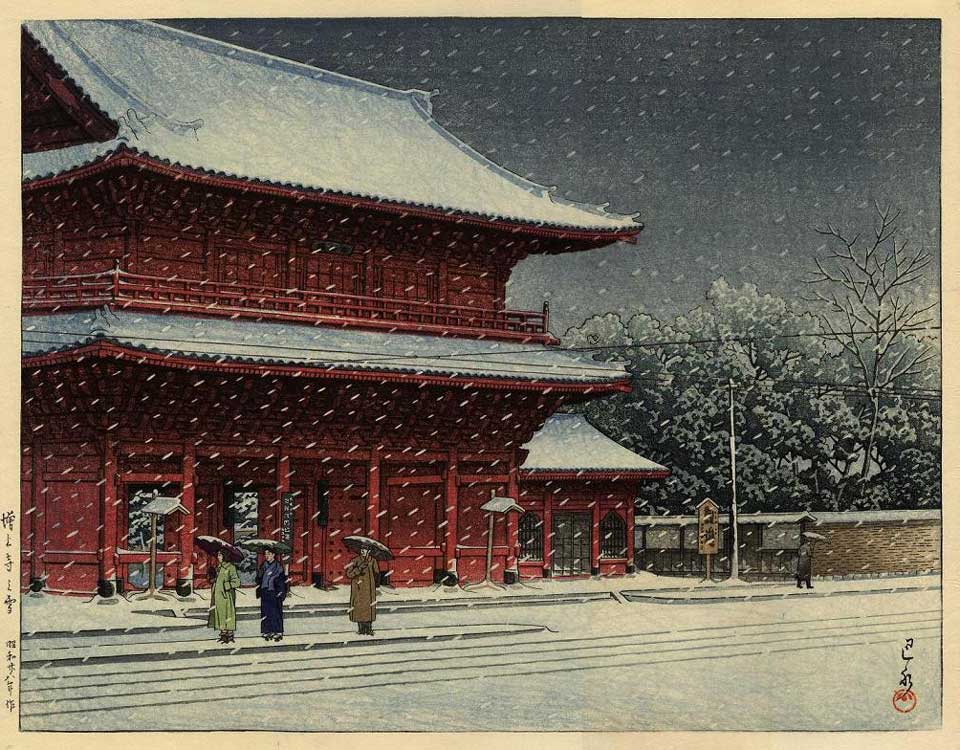
Jobs was inspired by the way shin-hanga painters controlled the entire process of production and adhered strictly to the ideal of self-expression throughout to achieve the highest level of artistry.
"That's exactly what we're trying to do with technology with Macintosh," Jobs told Sculley.
The Apple man incorporated the same principles inherent to shin-hanga to develop and popularize desktop publishing, Sculley said. "You could create the design, you could render it in a digital format and then you could print it out on a printer. Steve said, 'That's the essence of what Macintosh is in this day.' He was … giving people the creative possibility to print on their own desk."
At the launch of the Macintosh in 1984, Jobs put an image of a woman in a yukata, or Japanese bathrobe, on the screen.
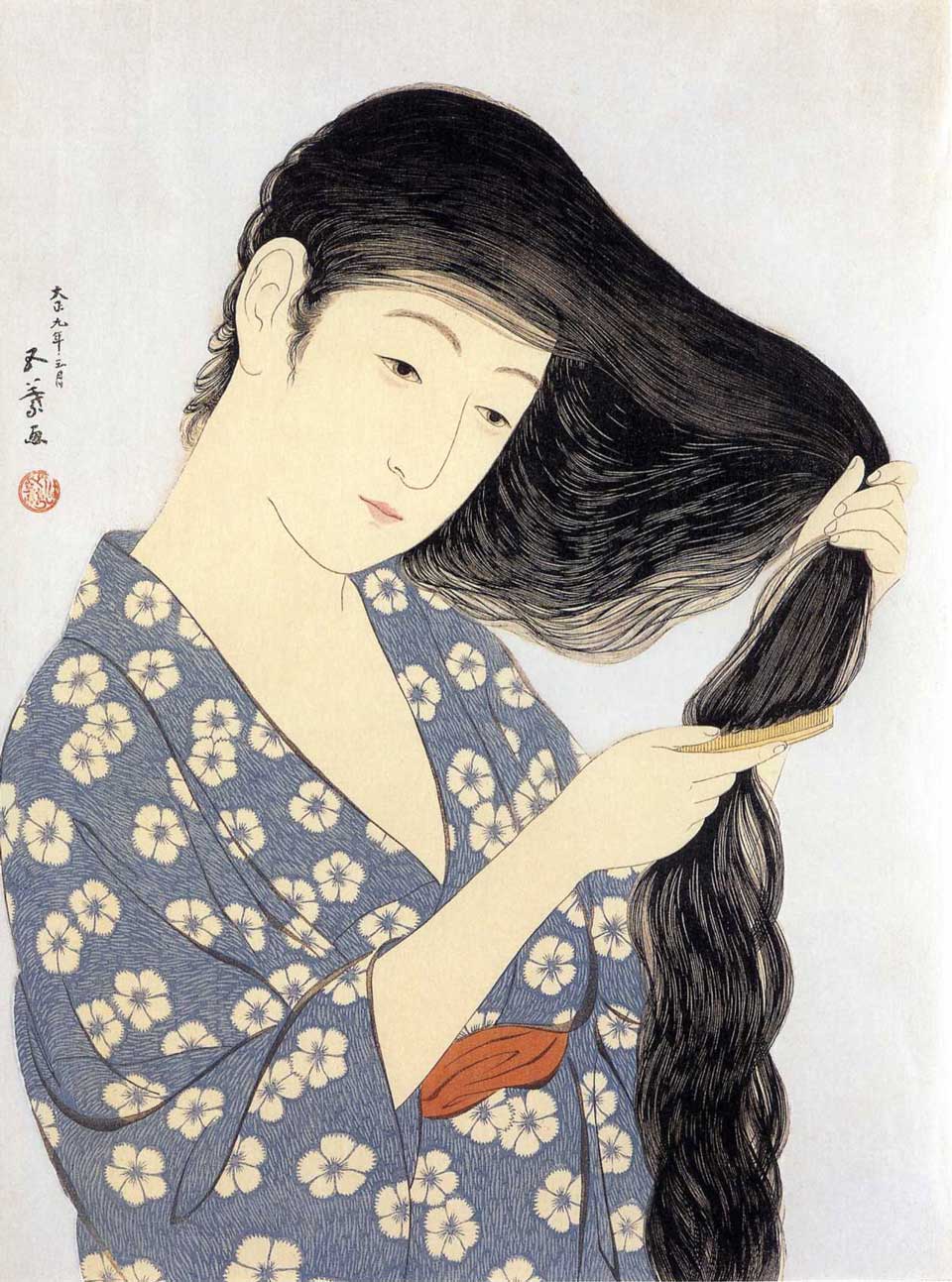
He scanned it from a work in his own collection titled "Combing Her Hair," by celebrated shina-hanga artist Hashiguchi Goyo. Jobs bought two prints of the work from a Ginza gallery. At the time, the fact that images could be reproduced on a computer was a revelation in itself.
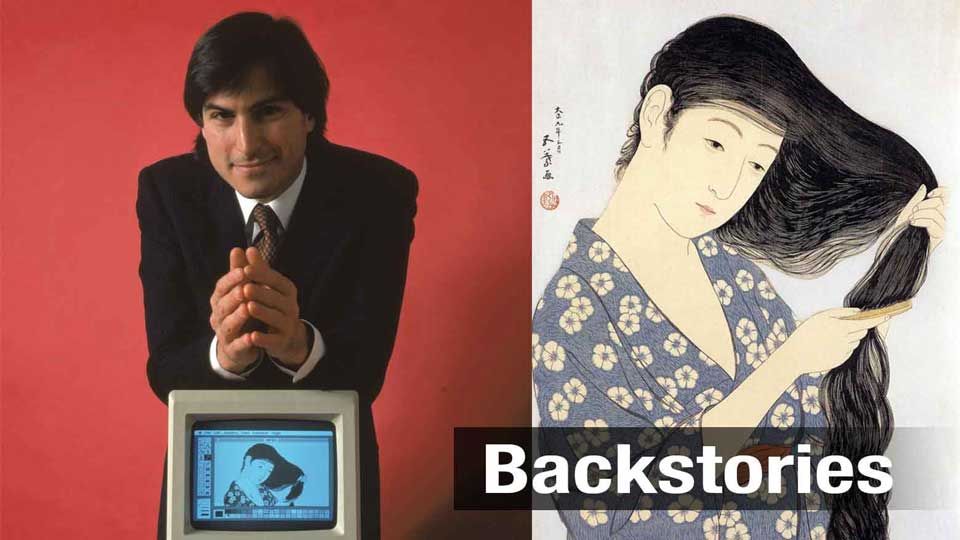
Related article: The secret passion of Steve Jobs
Discerning eye
Jobs continued adding to his collection through the '90s, during his time at animation studio Pixar, before making his comeback at Apple in 1996. That year and the following, he bought three works depicting women from a boutique gallery in northern California.
The gallery owner, Richard Castle, says his sole interaction with Jobs revealed how particular the tech guru was about his purchases.
"We had the great fortune to briefly meet him at our gallery," he recalls. "He had a specific question regarding one print and wished to view the work in person prior to acquiring this great work. Condition was a priority, so acquiring a piece of that quality was something he wanted to confirm in person. I think he wanted to make sure it would capture his eye in the person the same way it did from an image in a catalog."
Castle says Jobs was particularly enthusiastic about one artist, Kawase Hasui. "He mentioned to me that he admired the richness and vivid dark blues that made the artist's work so widely admired."
A photo in a book by Job's daughter Lisa Brennan reveals that he was surrounded by the artist's works many years later, in 2011, as he lay in his bedroom fighting the cancer that would soon claim his life, aged 56.
"There were framed prints by Hasui of twilight and sunset at temples," she recalls. "A patch of pink light stretched out on a wall beside him."
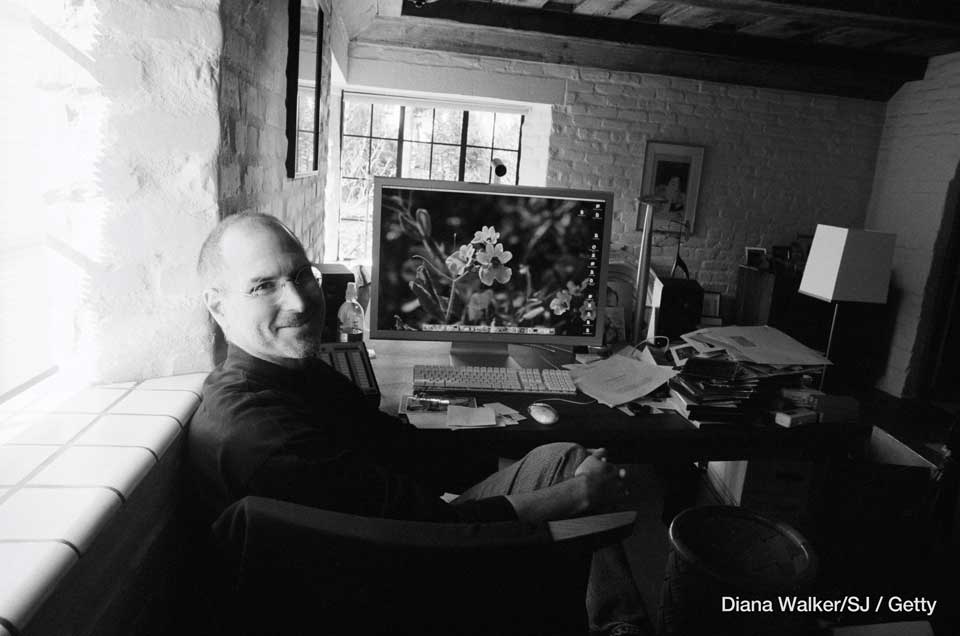

Watch video: Steve Jobs and Japan
You can watch the full program on demand. It is available until March 25, 2028.
